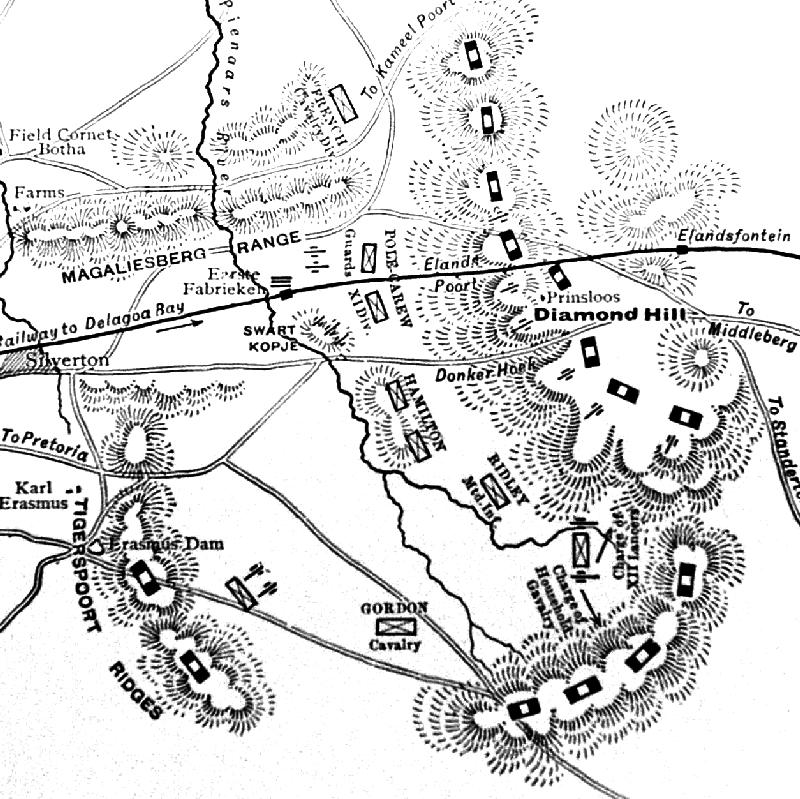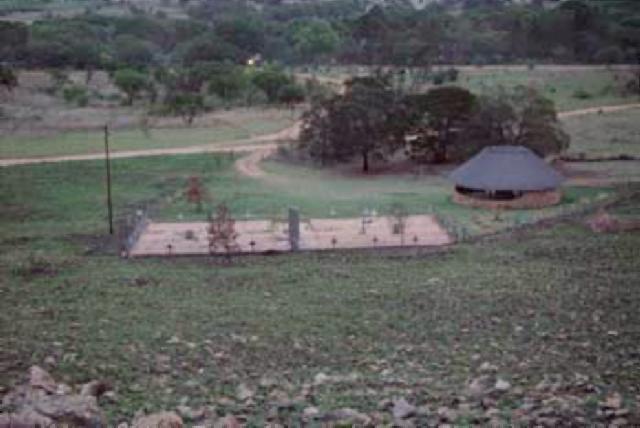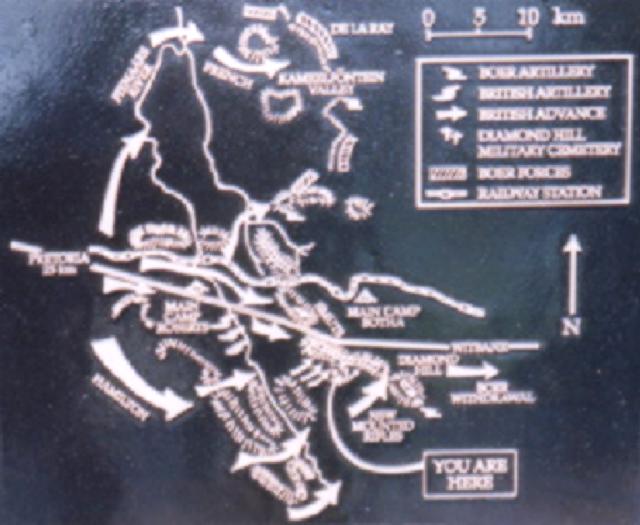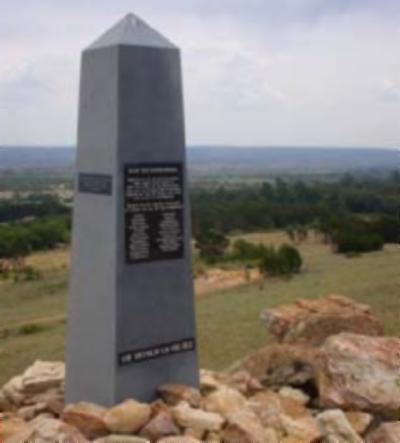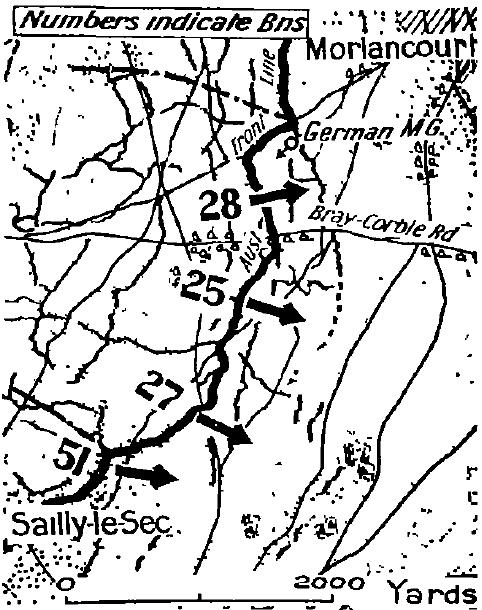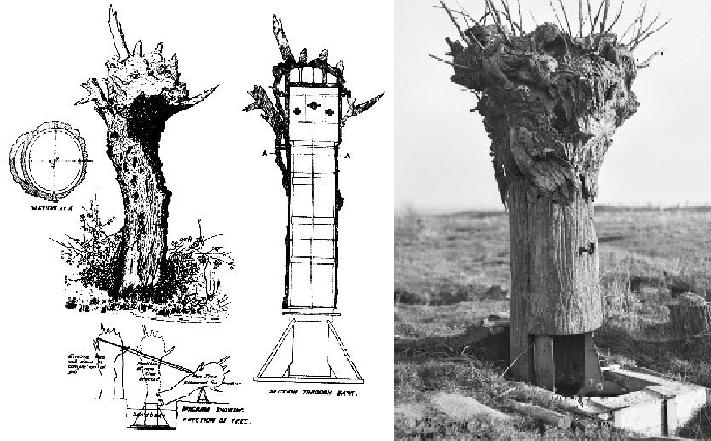Topic: BatzB - Wilmansrust
South African (Second Boer) War
The Battle of Wilmansrust, 12 June 1901
Outline
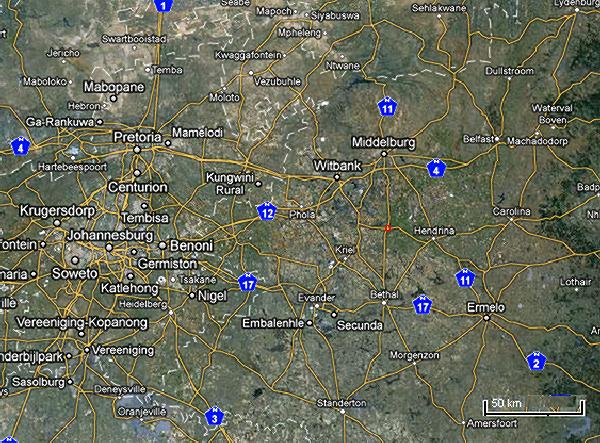
Wilmansrust, a humiliating disaster suffered by a portion of the 5th Victorian Mounted Rifles (5 VMR) on 12 June 1901 in the eastern Transvaal, during the Second South African (or Boer) War. Since arriving the previous March, the Victorian regiment had been divided into two battalions and British officers placed over the unit's own commanders. While containing a leavening of officers and men with military training, including some veterans of' earlier contingents who were on a second tour, the great majority of its members were civilian recruits. In just two months the regiment's strength had also been heavily reduced by sickness, from over 1,000 to little more than 700 - a proportionately far higher rate than experienced in other Australian contingents.
On 10 June a column led by Major General Stuart Beatson, an Indian Army regular, arrived at Olifant's River 40 kilometres south-west of Middelberg. Here Beatson sent off a flying column, comprising 270 men of the 2nd Battalion, 5 VMR, with two Vickers-Maxim quick-firing guns (popularly known as pom-poms) mounted in Cape carts, to look for a small Boer force reportedly at Boschmansfontein, 40 kilometres to the east. While Major William McKnight was the senior Victorian officer present, the detachment - totalling about 350 men - was under the command of Major Morris, a British artillery officer who had arrived from India with Beatson.
After finding that the Boers had already evacuated their camp, Morris began making his way back to rejoin the main body. At about 5 p.m. on 12 June, while still some eighteen kilometres east of Beatson, Morris established a night bivouac on the Middelburg - Ermelo road close to a farm named Wilmansrust. The camp was sited on a slight rise about 100 metres square, with a steep-sided gully all round, and overlooked by higher hills at a distance. The guns were sited in the centre, most of the horses tethered down one side, and the mule wagons secured in the farm's cattle-kraal nearby which had strong stone walls 1.5 metres high.
Outlying picket posts were established by Morris' adjutant, another British artillery officer. The largest post - comprising an officer and 30 men - occupied a small hill about 1,500 metres to the south-east of the camp. In all, including a party of a dozen men posted within the kraal, some 70 of the camp's personnel were nominally on guard duty at any one time. (The Times History of the War in South Africa gives a figure of 120, but other accounts contradict this.) The posts, however, were too few in number and spaced too widely apart to effectively provide advance warning. Moreover, they had been positioned during daylight hours when their location was easily noted - both by local Boers and a group of General Ben Viljoen's commando who had been shadowing the column throughout the day at a distance of about two kilometres and frequently engaging in sniping.
Having observed the camp's disposition and security arrangements, the trailing force of Boers-numbering about 170 men under Vecht-General C.H. Müller - decided to attack. Leaving 30 men with their horses, the Boers were guided through the darkness by the farm's owner along a slight depression between the hills and reached the foot of the camp without being detected. Their approach was also apparently aided by coinciding with the replacement of the personnel manning the daytime observation posts with the night pickets at about 7 p.m., the noises of this changeover having cloaked the enemy movement.
By 7.30 p.m, the camp was at rest, the troopers having settled down to sleep or read mail just received from Australia. Despite the known proximity of an enemy force, the VMR's weapons were neatly stacked in piles near where they slept, rather than right alongside them. This was allegedly at Morris' order, in compliance with drill regulations which were rarely observed during operations on the veldt. The 120 Boers, advancing in extended line, got to within 40 metres of the front of the camp before a whistle blast at 7.45 p.m. signalled the attack.
The first Boer volley, fired from the hip as the attackers ran forward, turned the surprised camp into a shambles. Many horses were killed or wounded in this opening fusillade, but the rest stampeded and knocked down men and tents. Some of the VMR reached their rifles but were shot down before they could use them. The fight was over in less than ten minutes, leaving at least fourteen Australians killed and 42 wounded (some accounts refer to eighteen dead and 60 wounded. About 50 men as many a evaded capture by fleeing into the darkness, but the remainder of the camps occupants were taken prisoner.
Taking up lanterns, the Boers collected their own casualties (claimed by McKnight to number ten dead and 30 wounded) then began looting the camp of its two prized guns, plus the Victorians' rifles, ammunition and stores. Since they did not have the facilities to hold prisoners, the Boers marched their captives nearly two kilometres out onto the veldt and simply released them before themselves making off. They took with them, too, over 100 of the column's horses, all that had not been killed or broken loose and bolted. Throughout this, the outlying pickets made no attempt at intervention, although their combined numbers nearly matched the remaining Boer strength.
The action at Wilmansrust was the most serious reverse to befall any overseas colonial force sent to the conflict in South Africa, and unfortunately was taken as an indictment of the courage and soldierly qualities of Australian contingents generally. There was no denying that a deplorable lack of vigilance and attention to security had been displayed-although the responsibility for this rested squarely on an Imperial and not an Australian officer. Moreover, when the Boer attack began, the camp was overtaken by a mass panic which defied commanders' efforts to rally the men.
Compounding the serious embarrassment engendered by the affair back in Australia was news which became public late in September that three members of 5 VMR had been tried at court martial for inciting mutiny, found guilty, and sentenced to death; these sentences had been subsequently commuted to gaol terms, however, and the men were already in military prisons back in England. Outrage at the secrecy surrounding these proceedings - of which the new federal government was initially ignorant - was fuelled by further press reports that the mutineers had actually been provoked by the 'hostile. and offensive attitude' shown by General Beatson, who had referred to the defenders of Wilmansrust as 'a lot of white livered curs' and uttered other grossly disparaging remarks. These revelations caused debate to refocus on the competence of Imperial officers to command irregular corps, and raised concerns over the situation where Australian soldiers were subject to British military justice - an issue which was a foretaste of the controversy soon engendered by the executions of two other Australians, Lieutenants P.J. Handcock and H.H. Morant, in February 1902.
In the case of the Wilmansrust mutineers, there was a happier outcome. A review of the court martial discovered flaws in the trial proceedings (the charges having been laid under the wrong sections of the Army Act) and the War Office consequently quashed the convictions on 26 October. The men were immediately released from prison and returned to Australia by the end of the year, albeit still under a cloud of ignominy.
Extracted from the book produced by Chris Coulthard-Clark, Where Australians Fought - The Encyclopaedia of Australia's Battles, Allen and Unwin, Sydney, 1998, pp. 90-92.
Additional References cited by Chris Coulthard-Clark:
L.M. Field (1979) The Forgotten War, Carlton, Vic.: Melbourne University Press.
Gavin Souter (1976) Lion and Kangaroo, Sydney: William Collins.
R.L. Wallace (1976) The Australians at the Boer War, Canberra: Australian War Memorial & Australian Government Publishing Service.
Further Reading:
Wilmansrust, South Africa, 12 June 1901
South African (Second Boer) War, 1899 - 1902, Australian Forces, Roll of Honour
Citation: Wilmansrust, South Africa, 12 June 1901, Outline




